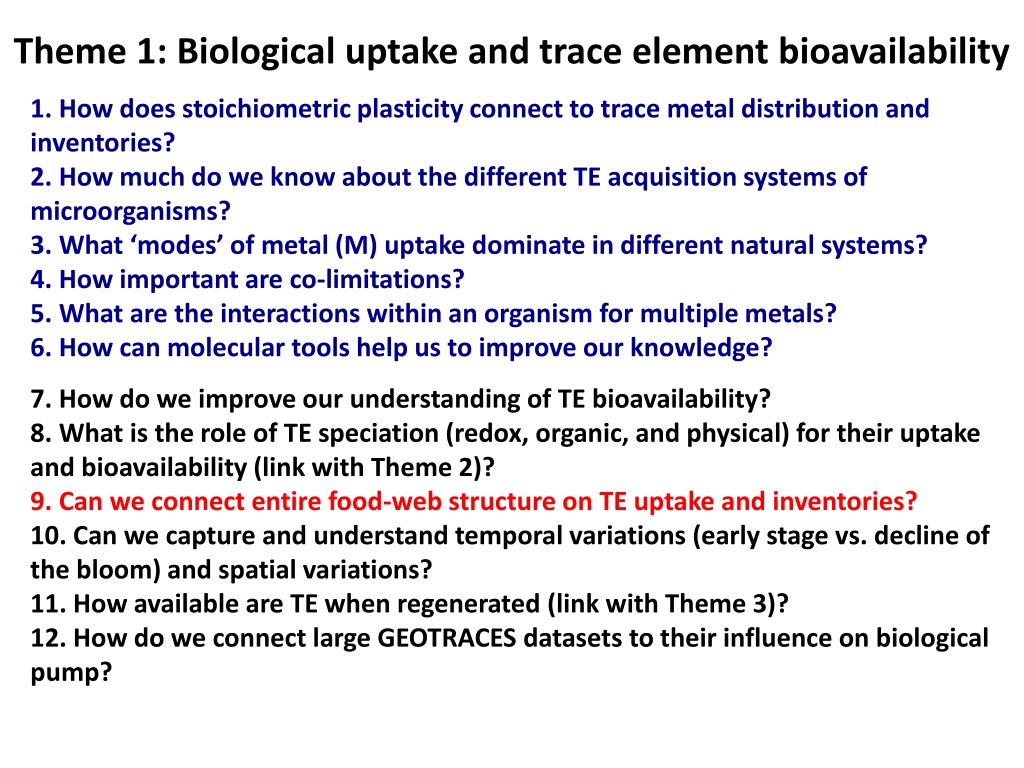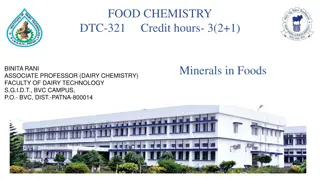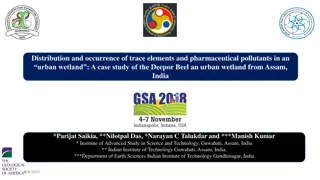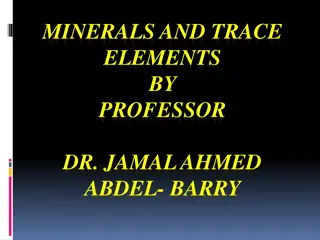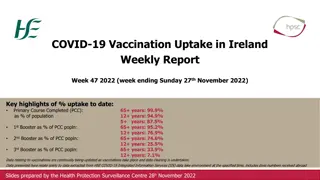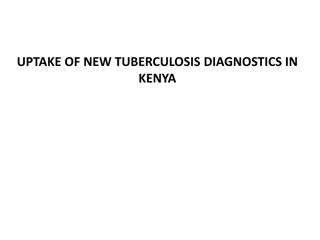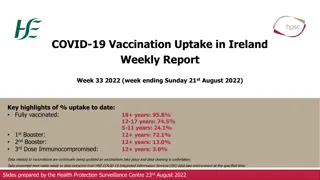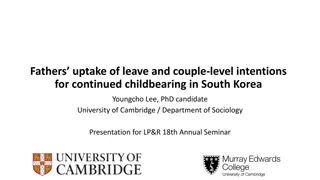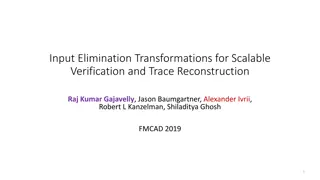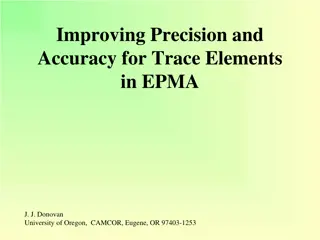Understanding Biological Uptake of Trace Elements in Natural Systems
Explore the connection between stoichiometric plasticity and trace metal distribution, investigate microbial acquisition systems, analyze modes of metal uptake, and address co-limitations and interactions within organisms. Utilize molecular tools to enhance knowledge on trace element bioavailability, investigate the role of TE speciation, and connect food web structures to trace element inventories. Utilize large datasets like GEOTRACES to understand temporal and spatial variations in trace element availability and uptake mechanisms.
Download Presentation

Please find below an Image/Link to download the presentation.
The content on the website is provided AS IS for your information and personal use only. It may not be sold, licensed, or shared on other websites without obtaining consent from the author. Download presentation by click this link. If you encounter any issues during the download, it is possible that the publisher has removed the file from their server.
E N D
Presentation Transcript
Theme 1: Biological uptake and trace element bioavailability 1. How does stoichiometric plasticity connect to trace metal distribution and inventories? 2. How much do we know about the different TE acquisition systems of microorganisms? 3. What modes of metal (M) uptake dominate in different natural systems? 4. How important are co-limitations? 5. What are the interactions within an organism for multiple metals? 6. How can molecular tools help us to improve our knowledge? 7. How do we improve our understanding of TE bioavailability? 8. What is the role of TE speciation (redox, organic, and physical) for their uptake and bioavailability (link with Theme 2)? 9. Can we connect entire food-web structure on TE uptake and inventories? 10. Can we capture and understand temporal variations (early stage vs. decline of the bloom) and spatial variations? 11. How available are TE when regenerated (link with Theme 3)? 12. How do we connect large GEOTRACES datasets to their influence on biological pump?
Theme 1: Biological uptake and trace element bioavailability 1- Bacterial demand? Very poorly modelled Although very important. 2- Issue of phagotrophy?... Major issue for uptake. 3- What is bioavailability? Do we have new data that can help resolving the question? 2 sub-groups: - Stoichiometry/co-limitation - Uptake/bioavalability
Stoichiometry Working Group 1. 2. Deep chlorophyll maximum iron limitation phenomenon Cd or other metals (Co) as proxy for sinking POC compare to Th flux(constrained Cd:P) T, I What does the slope of metal:phosphate mean (d and p)? Spatial variability? T, I Are biological quotas set by availability or vice versa? Phytoplankton functional groups (PFT): 1. Can we constrain the realized quota, what is the maximum? 2. Can pigment abundance be converted to estimated metal quotas? Can quota be estimated from biochemical first principles (Raven-like)? 1. Present: From model organism specific activities 2. Future: From metalloproteomics Do metal-metal interactions influence the dissolved and particulate distribution? 1. How much stoichiometric distribution is accidental (e.g. Cd and Zn)? By restoring the model to observations can the gross fluxes from the surface be calculated? T, I 3. 4. 5. Esoteric ? 6. T, I 7. 8.
Uptake/bioavailability Working Group modeling uptake as a function of metal species We can infer this relationship using field data (HPLC, Chla (size-fractionated), nutrient, Community composition, Fe profile, estimated growth rate, primary productivity). Determine correlation with the different Fe species and particulate Fe species => North Pacific, because of high biogenic particles. => Can be done for other metals
Recommendations - Light (PAR) - Flow cytometry-bacteria-largest C pool in ocean - Primary productivity - Size-fractionated Chla - Growth rate - Sequence data can tell us what kinds of bacteria are there, other eukaryotic functional groups that are currently unknown - role of zooplankton and heterotrophic protists Until which depth? At the bottom of the DCM and below the euphotic zone (we want bacteria).
